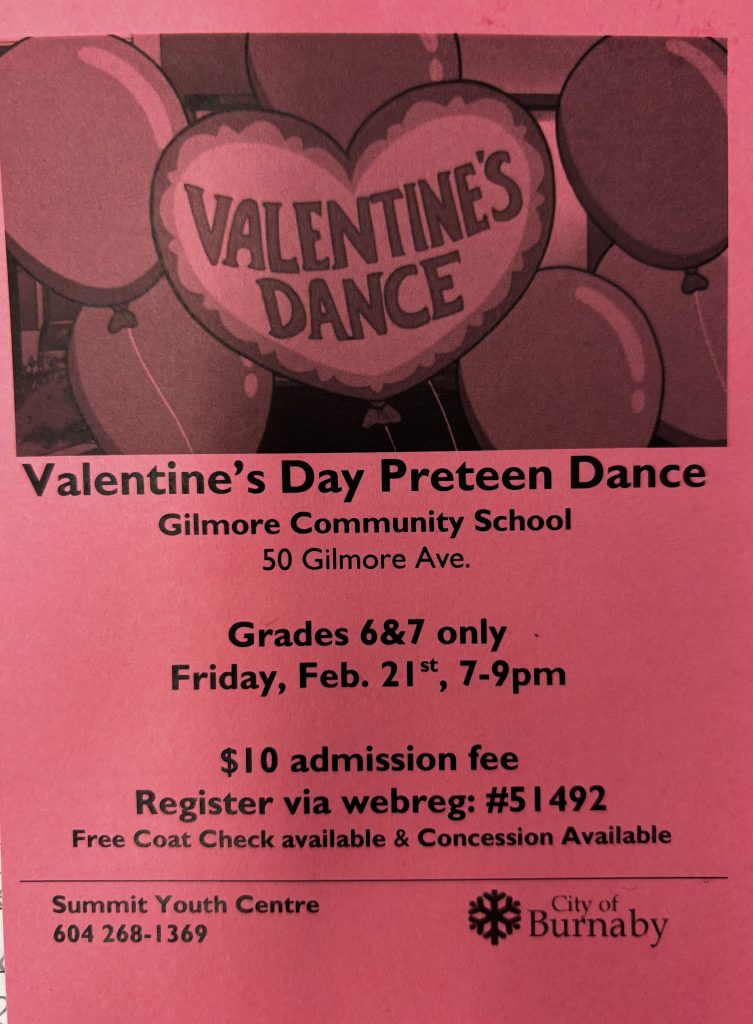
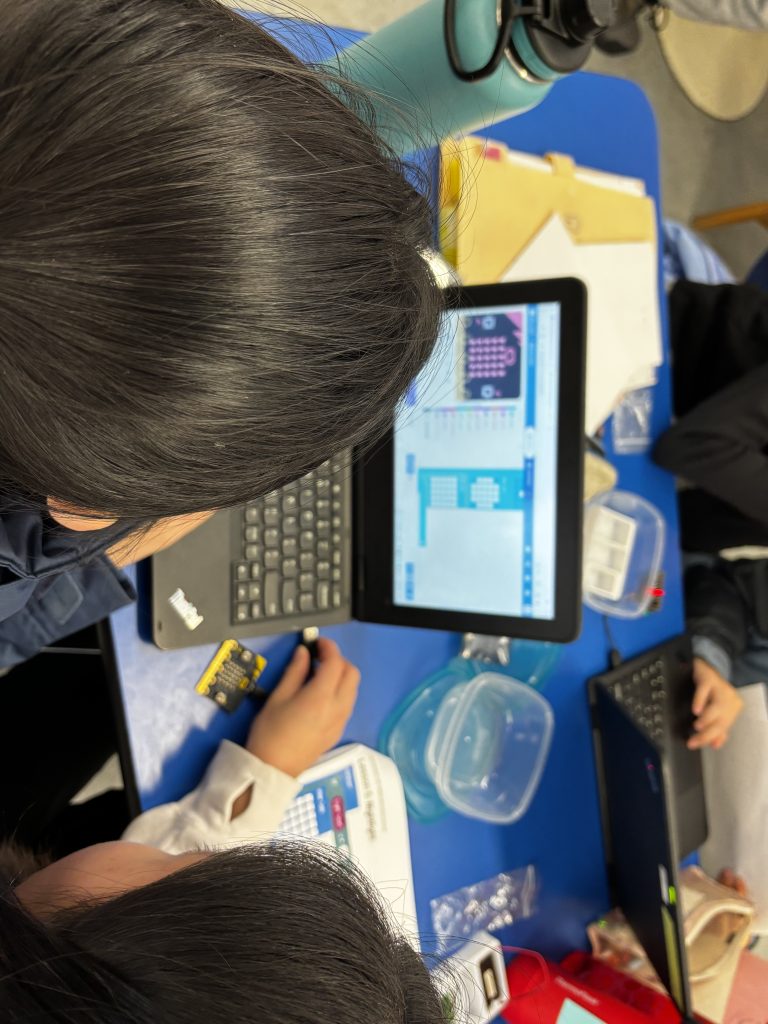
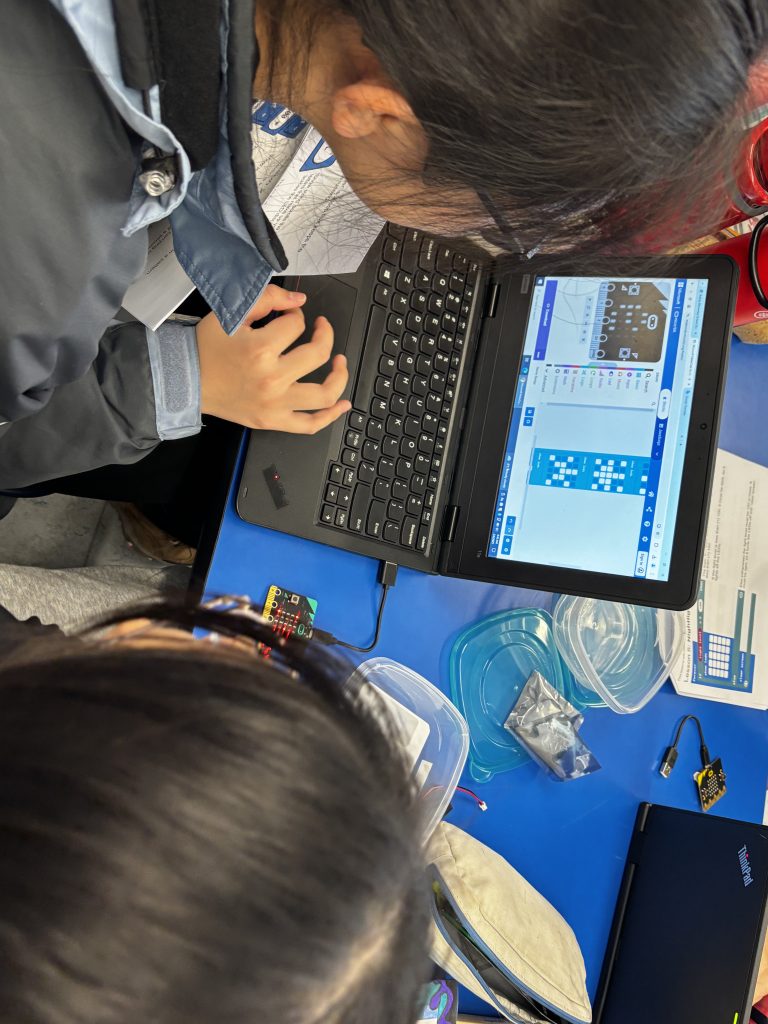
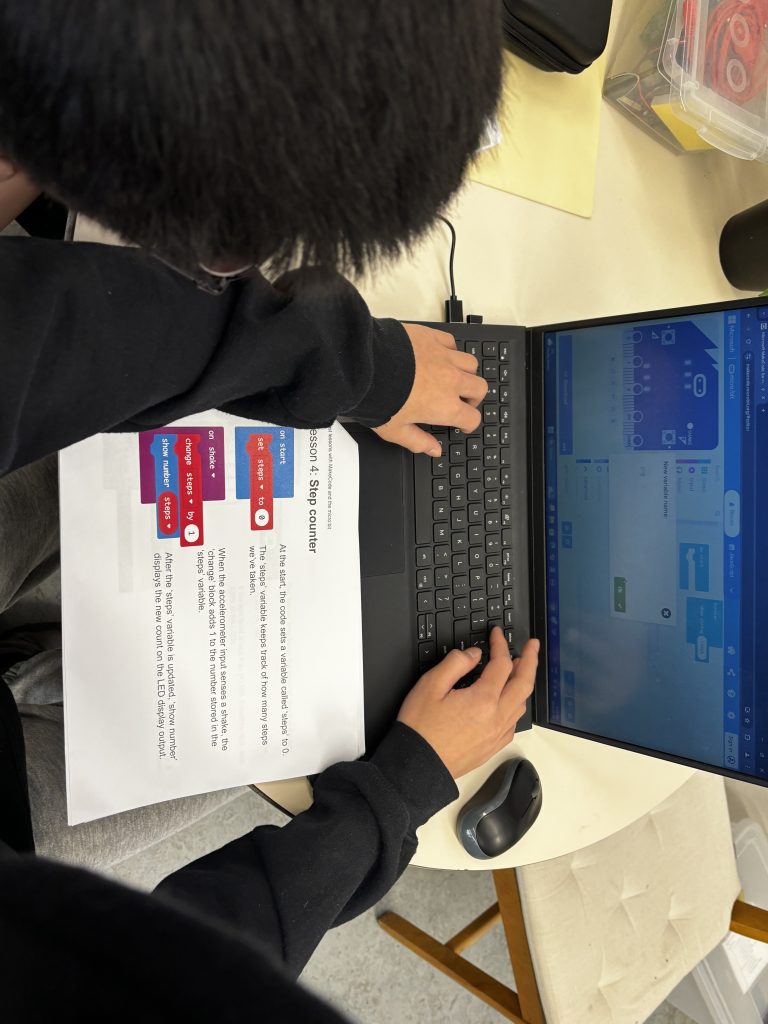
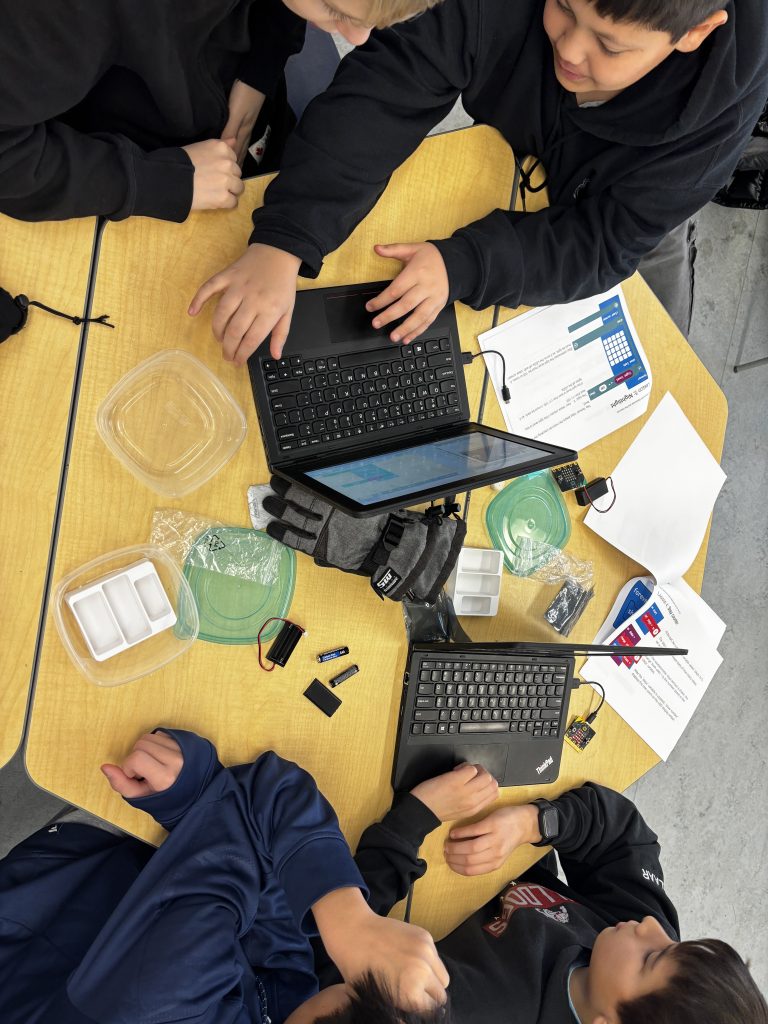
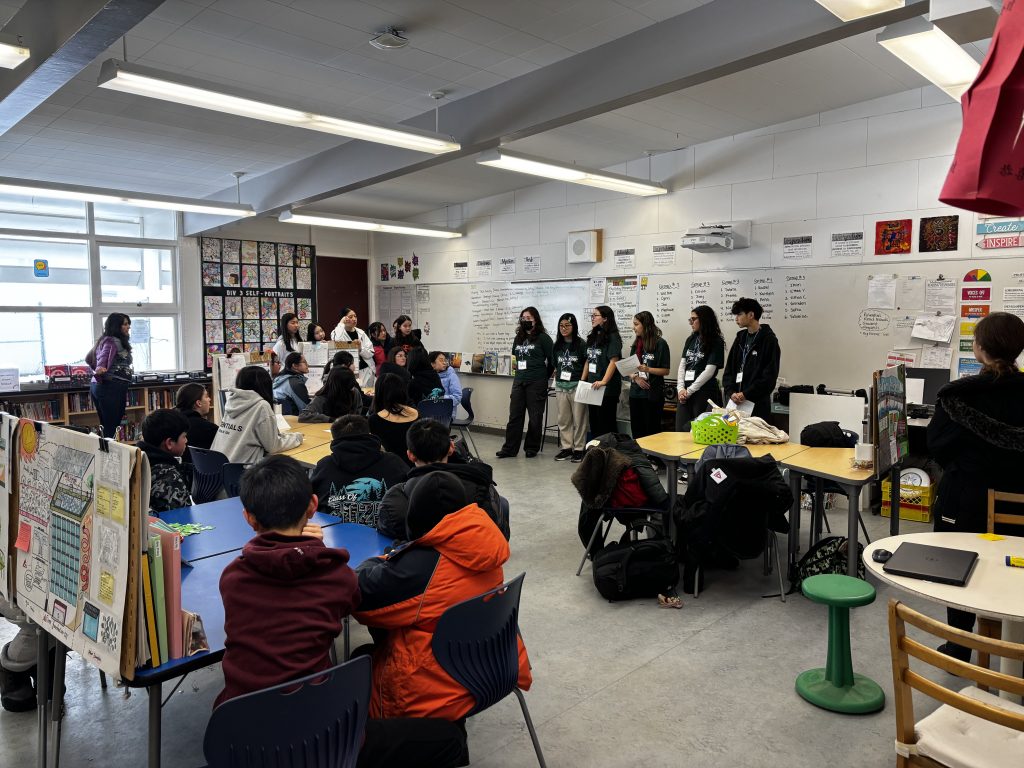
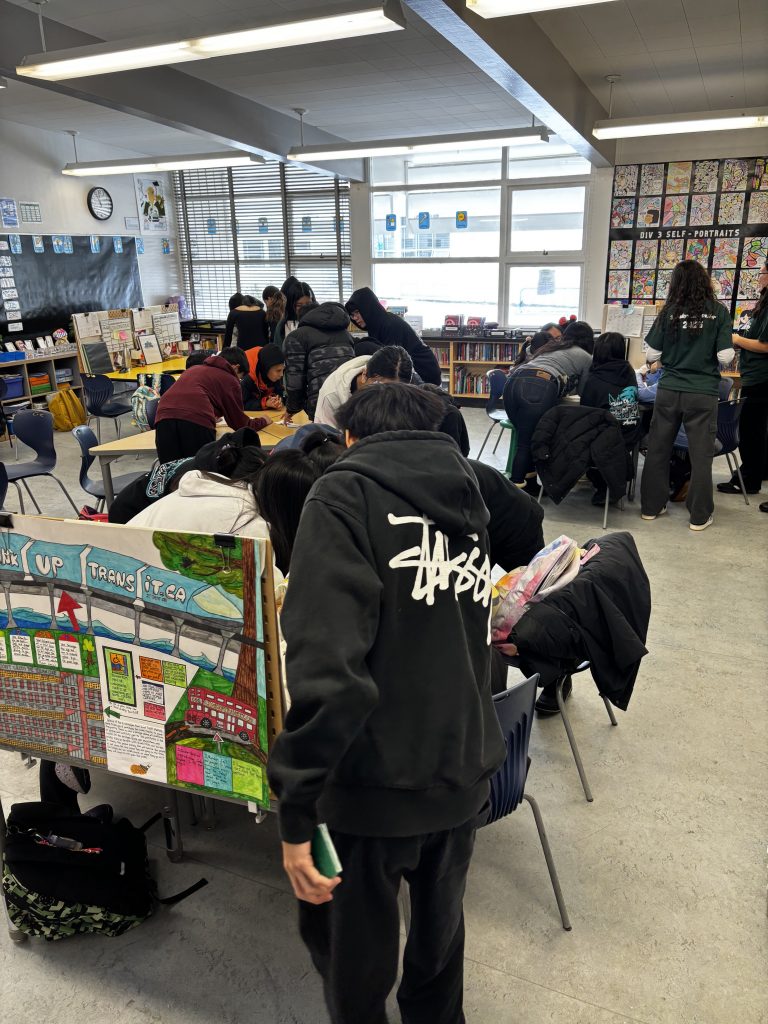
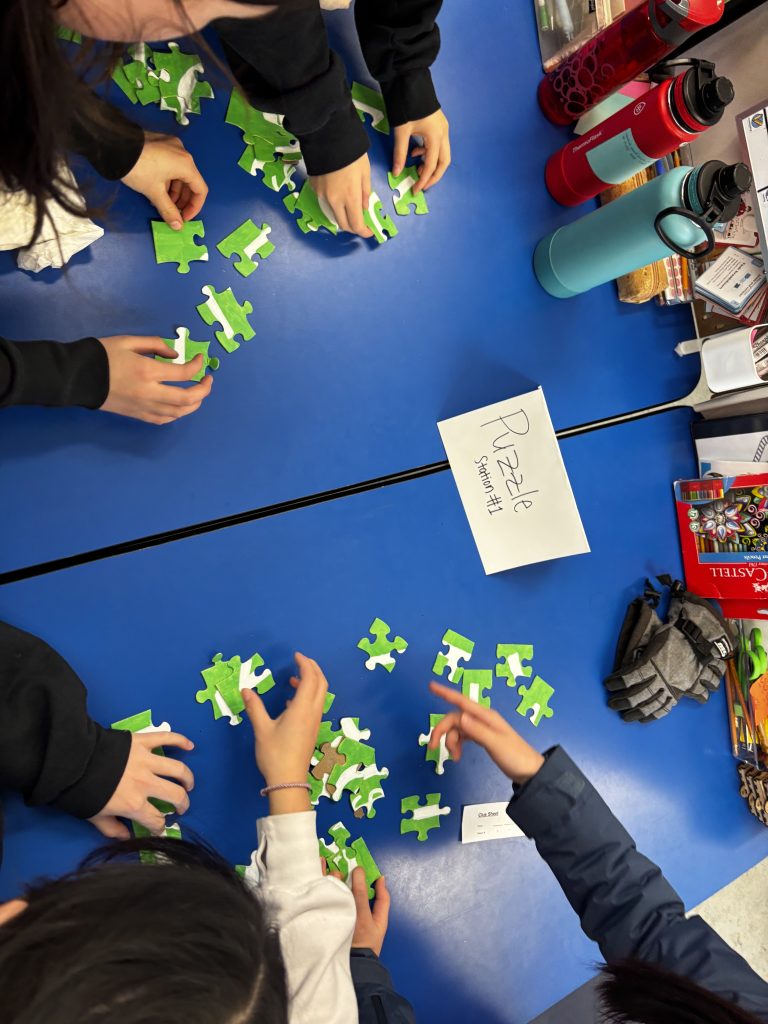
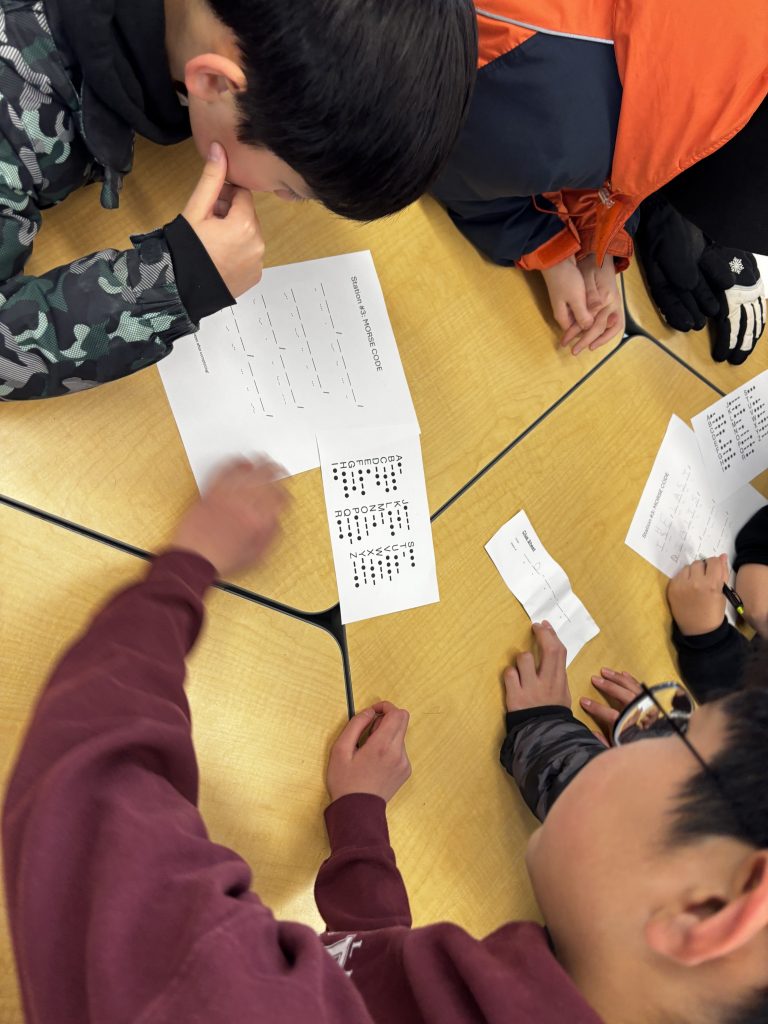
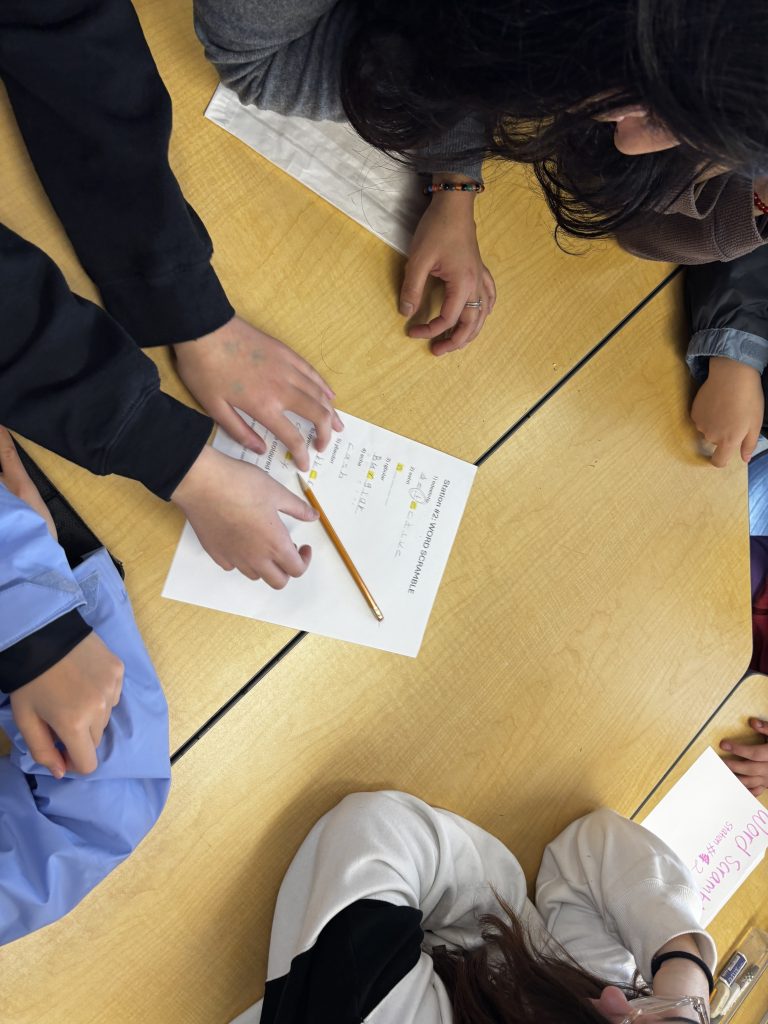
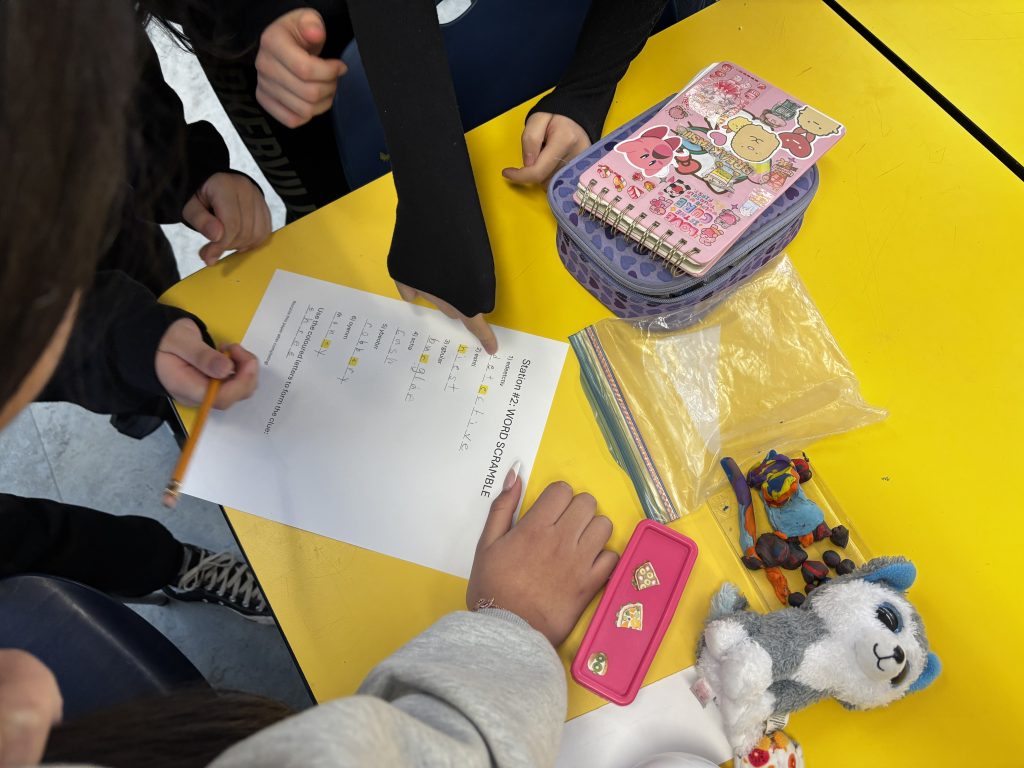
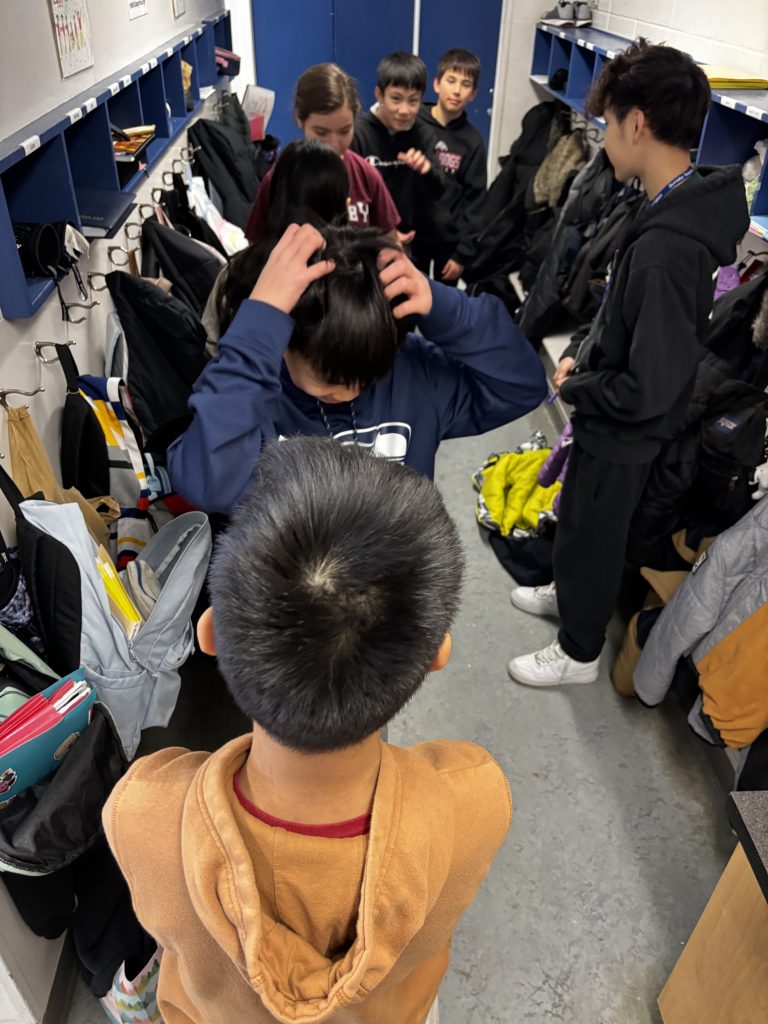
Thank you for preparing and delivering such a fun and engaging escape room challenge today! Division 3 had a fantastic time working through the well-planned activities, and the Bank Heist theme was a big hit.
From solving puzzles and word scrambles to decoding Morse code and playing charades, students had to think critically and collaborate to complete the challenge. The excitement and energy in the room were contagious as teams raced against the clock to crack the final code! The winning group who successfully completed the challenge also enjoyed their well-earned Sweet Prize!
Thank you again for all your creativity and hard work in making this event such a success. We appreciate all the time and effort that went into designing this unforgettable experience!
This past week, our students took on the challenge of designing more sustainable and inclusive communities. Using their knowledge of sustainability, accessibility, and urban planning, they created prototypes that reflect both environmental responsibility and the values of their user personas.
Through hands-on model-building, students explored solutions for:
Sustainable Housing: Energy-efficient homes using renewable materials and smart design.
Accessible Pathways: Safe, well-connected routes for people of all abilities.
Recreation Facilities: Green spaces that promote health, well-being, and biodiversity and energy efficient swimming pools.
Transit & EV Charging: Infrastructure that supports low-carbon transportation.
Retail & Food Systems: Locally sourced goods, food waste reduction initiatives, and integrated community food bank programs to ensure food security while minimizing environmental impact.
Community Spaces & Stewardship: Multi-use areas that reduce waste and promote circular economies, including makerspaces where residents can repair, repurpose, and sell upcycled products. These spaces also foster community engagement, allowing people to track and celebrate progress toward environmental goals.
Each project was guided by a unique user persona, encouraging students to think deeply about how design choices impact real people’s lives. Their creativity and problem-solving skills were on full display as they built models that prioritize environmental sustainability, inclusivity, and community needs.
Check out the incredible student work below!
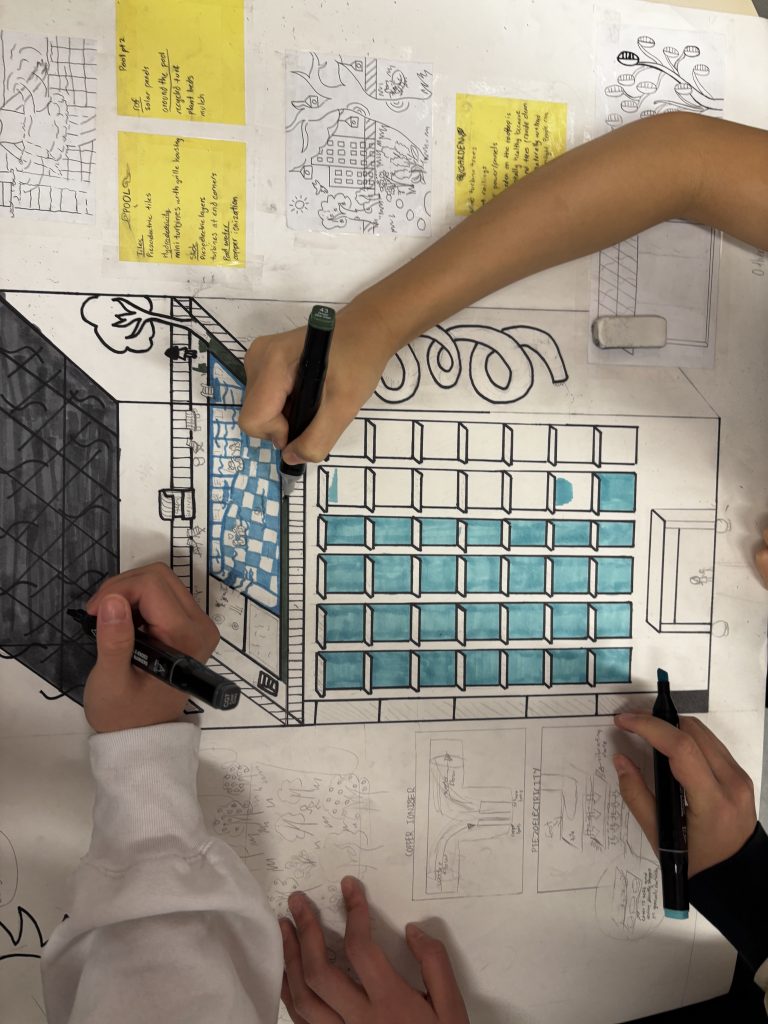
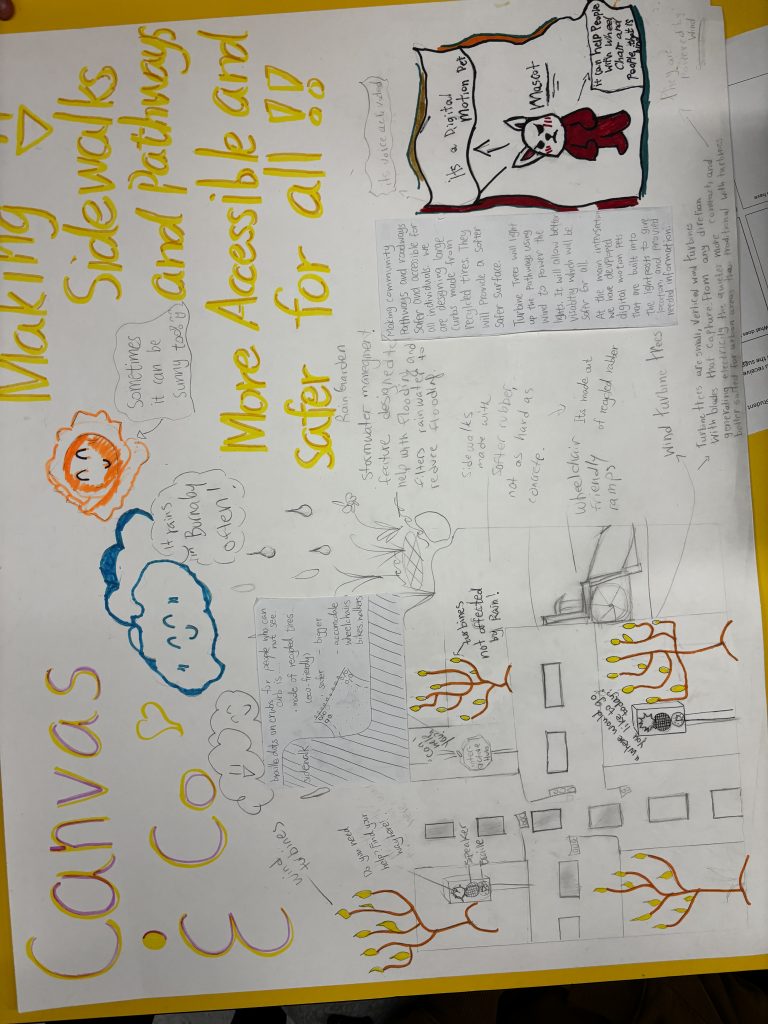
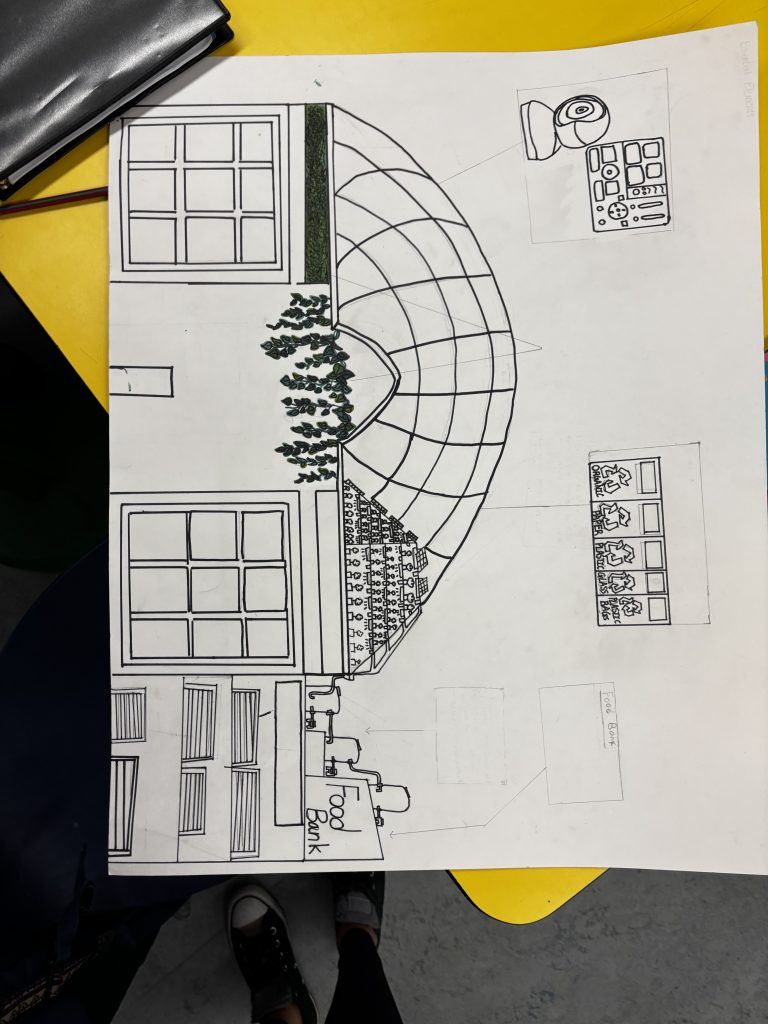
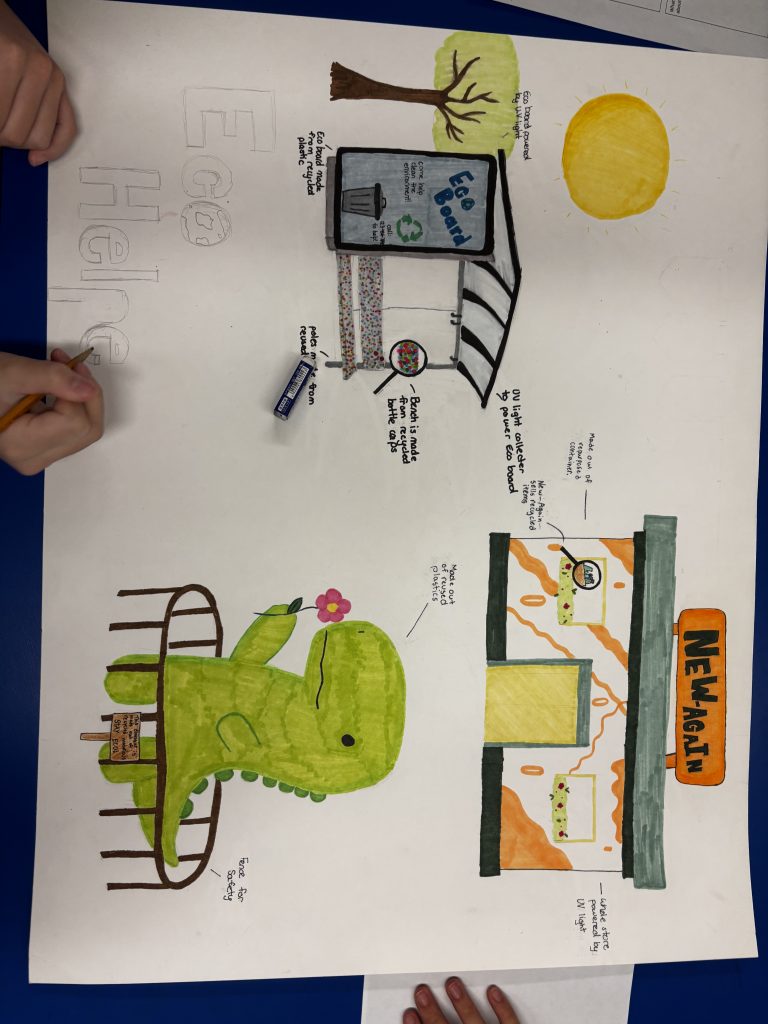
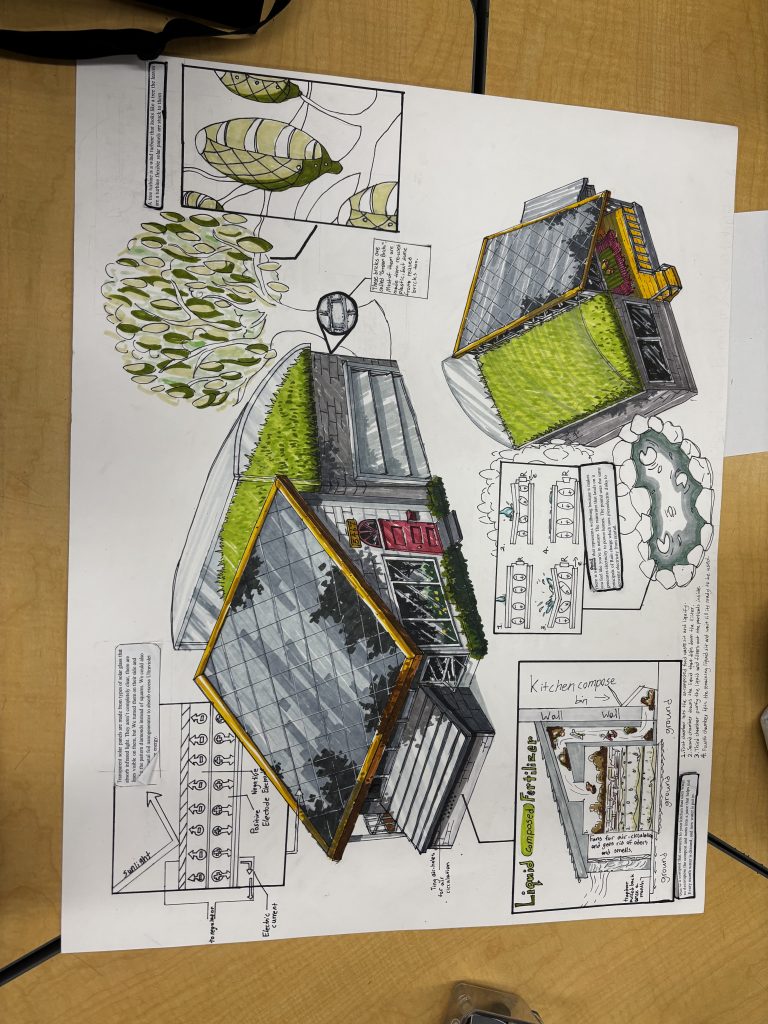
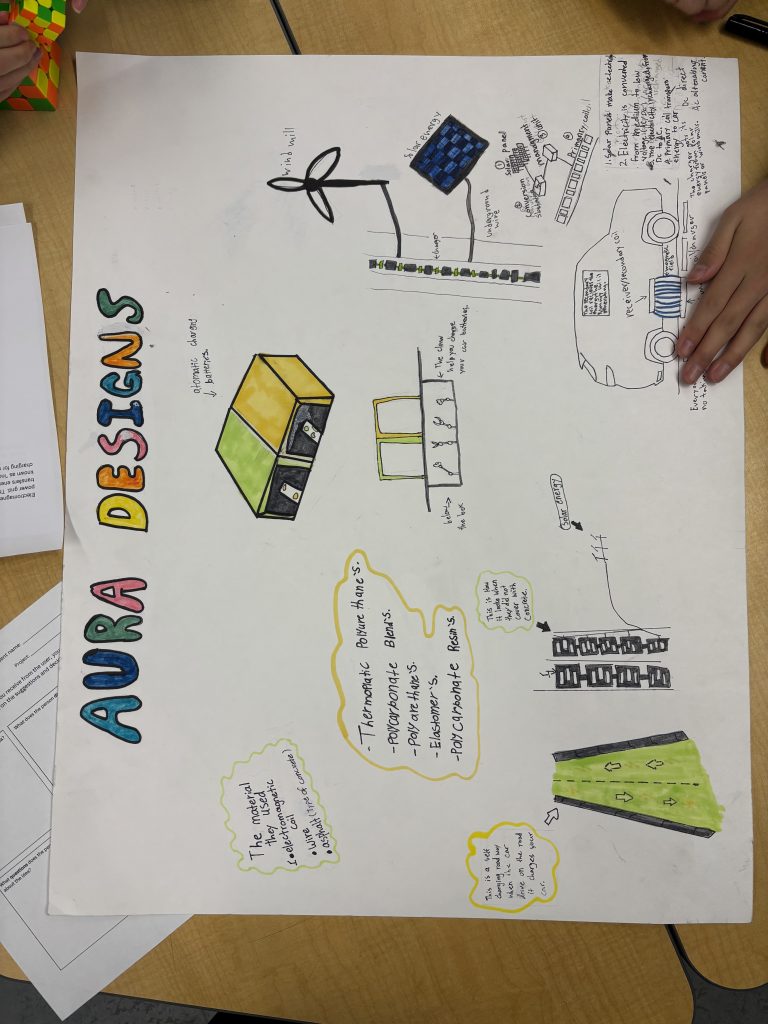
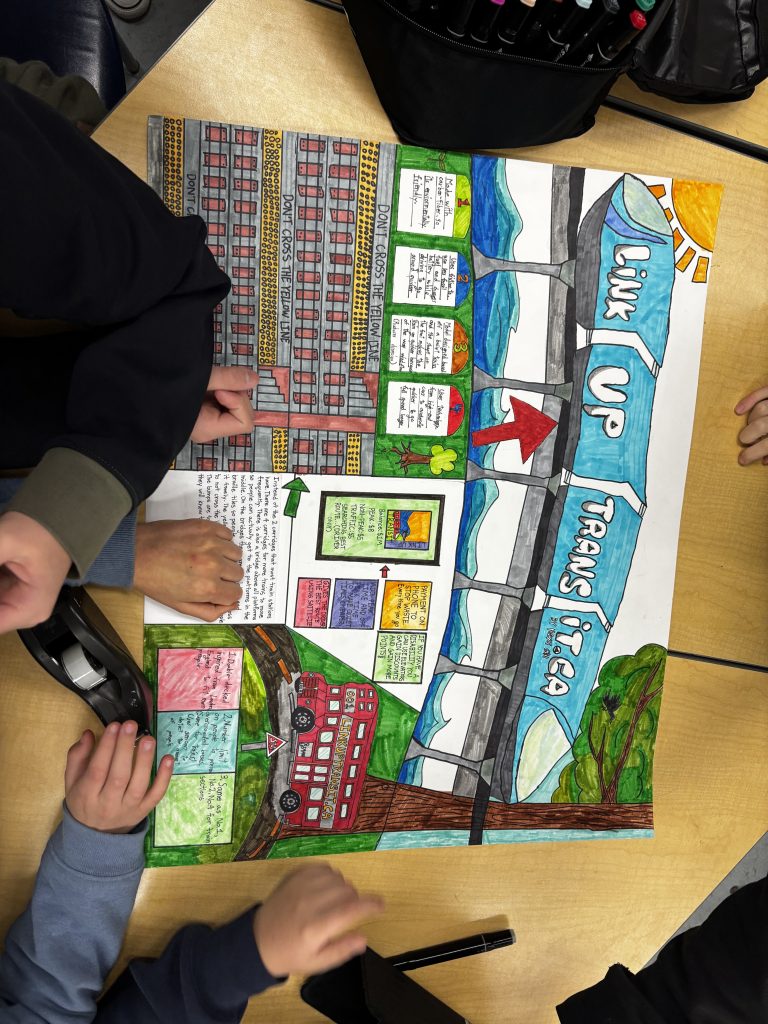
Through this process, students gained hands-on experience in sustainable design thinking which is an important step in shaping the cities of tomorrow. What features would you love to see in a more sustainable and inclusive community? Let us know in the comments!
A Dazzling Experience with iLumiDance at the Young People’s Concert!
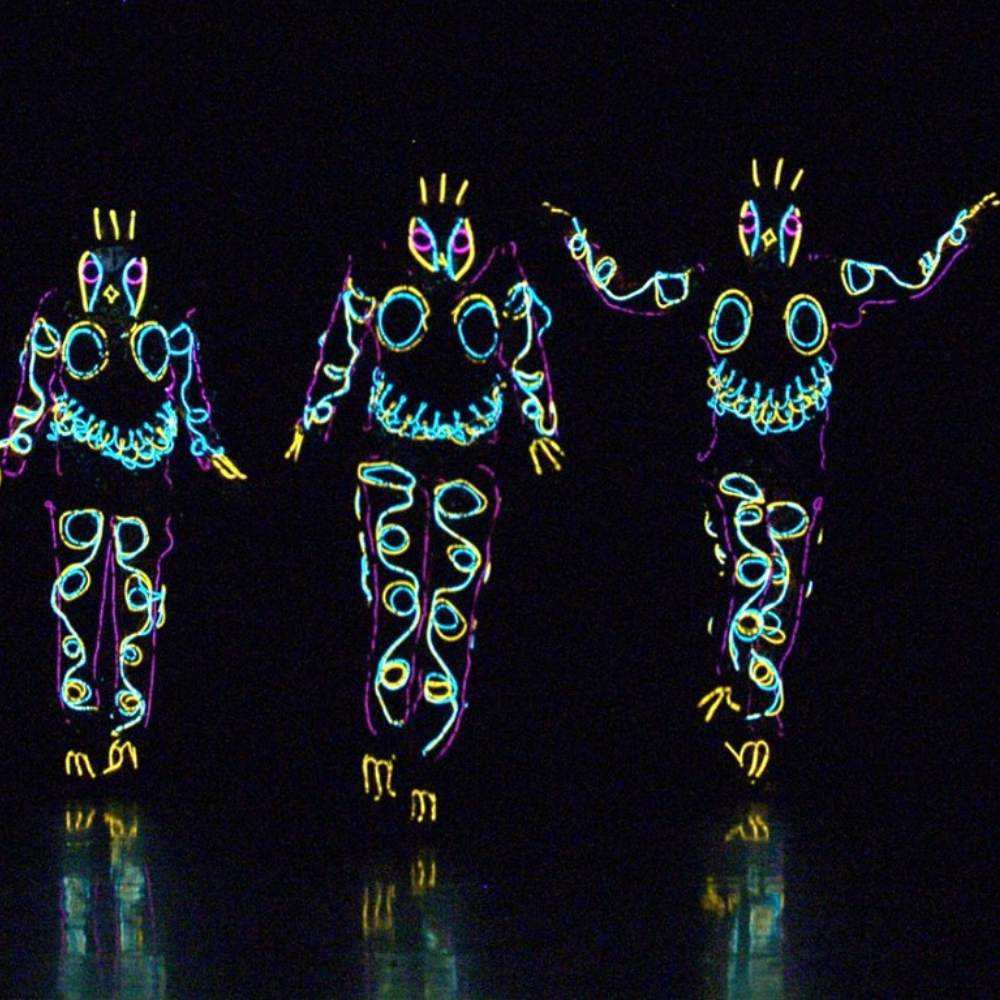
Today, students were treated to a mesmerizing experience at the Michael J. Fox Theatre in Burnaby with the iLumiDance performance by Rainbow Dance Theatre. This interactive show captivated young audiences with the enchanting fusion of dance and technology, showcasing three stunning performances featuring electronic costumes, props, and puppets.
The innovative use of light wire technology not only highlighted the artistry of professional dance but also sparked excitement about the STEM components behind it. Students learned how the dance artists employ the engineering design process to create wearable electronic costumes and interactive puppets, blending creativity with technical skills.
One of the highlights of the performance was the opportunity for students to engage in hands-on demonstrations. Selected students were invited to the stage to collaborate and create their own “ilumidance” alongside a five-foot-tall light wire puppet. This interactive element allowed them to experience firsthand how engineering design and coding play essential roles in the world of dance.
As the performance wrapped up, students left with smiles and newfound inspiration, eager to explore the connections between art and technology. A huge thank you to Rainbow Dance Theatre for this unforgettable event and to the organizers for making it possible. We look forward to seeing how today’s experience inspires the next generation of creators and innovators!
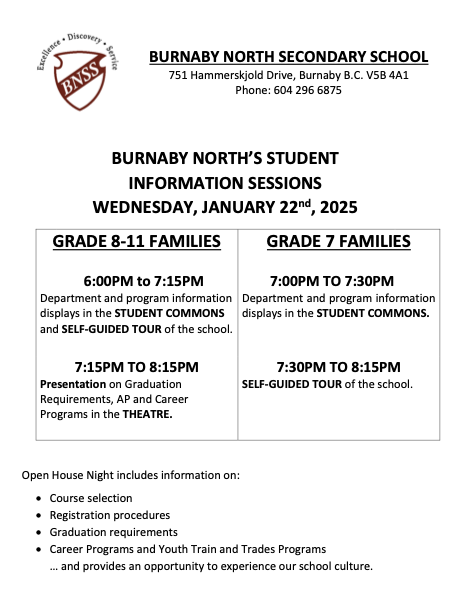
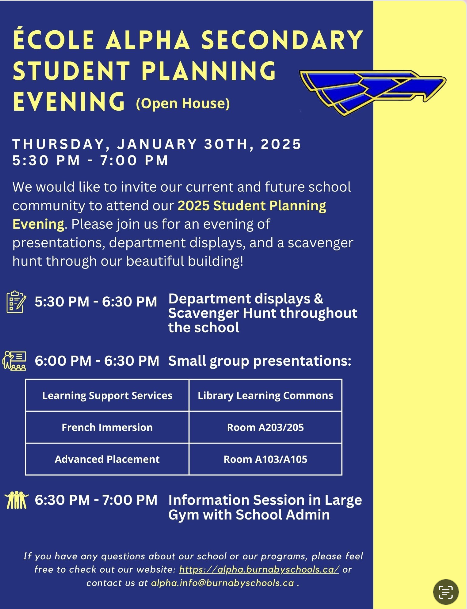
Dear Parents of Students in Grade 7 English Program,
The process of transitioning our grade 7’s to high school has begun.
Based on the address we have on file, your child has been pre-transitioned to their English catchment Secondary School – Burnaby North Secondary School
If you wish to have your child attend a different secondary school, other than your Catchment School, you will need to fill out a Cross District Application via the Burnaby School District website.
Please note Cross District Applications are accepted between Feb 1 – 28, 2025. You will be notified by the high school if your child has been accepted.
Burnaby high schools will be hosting Virtual open houses in the next few weeks. Dates and time will be provided very soon.
Thank you for helping us ensure that your child is correctly transitioned to the correct high school, within the District policies and guidelines. If you have any questions or concerns, please call the school.
Lisa Hartman
Principal
 Hi Aubrey band students, families and staff,
Hi Aubrey band students, families and staff,
Just wanted to let you know our band students will be performing for their first time in front of an audience on Friday, December 13th at 9:55am in the gym. Prior to entry, please lineup outside the back of the gym until doors open.
Band students should aim to wear all black clothing and footwear with minimal logos. Grad hoodies are acceptable but may be very warm. Students may also opt to wear seasonal accessories (scarves, hats, etc.) so long as they don’t interfere with their playing.
I am excited for you to hear the students’ progress from the first squeaks and squawks of September until now.
Kind regards,
Alana Worsley
alana.worsley@burnabyschools.ca

Today, students from across the Burnaby School District gathered at the Michael J. Fox Theatre in Burnaby for an extraordinary Young People’s Concert featuring the Leading Ladies Little Big Band’s “Big Bandology.” This engaging performance aimed to ignite a passion for music among elementary students and encourage them to pursue musical interests in high school.
As the 11-piece ensemble took the stage, the vibrant energy of the big band sound captivated the audience. The Leading Ladies showcased various instruments, providing an irresistible introduction to jazz, swing, and popular classics. Each performance highlighted the unique sounds of the instruments while illustrating how they come together to create the rich textures of big band music.
The lively arrangements served as a reminder of music’s joy, sparking curiosity and enthusiasm among the student. This concert was not just a performance; it was an opportunity for students to envision themselves as part of a high school band, inspired to explore their musical possibilities.
As the concert concluded, the smiles on the students’ faces reflected the impact of this experience. We hope it encourages them to take the next steps in their musical journeys, whether through joining a band, taking lessons, or simply enjoying live performances.
Thank you to the Leading Ladies Little Big Band for an unforgettable morning, and to the organizers for making this event possible.

Fraser Health will commence the School Immunization Program for this year’s Grade 6 students on Thursday, November 21st. Please return the Fraser Health consent forms if you haven’t already done so.
If you have any additions questions or concers, please contact your Public Health Representative at (604) 918-7605.
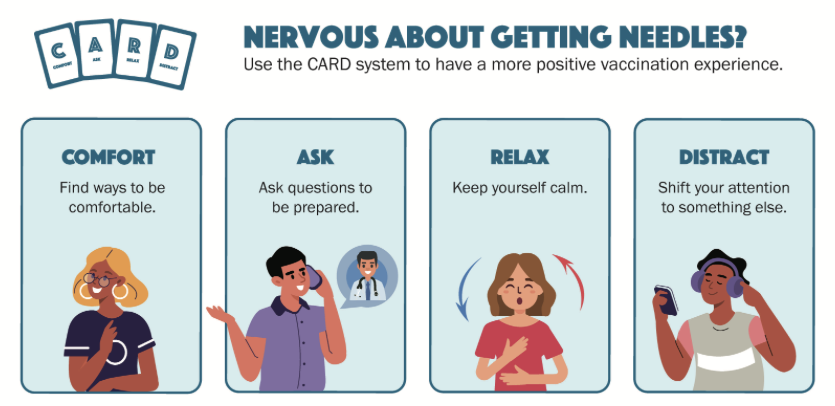
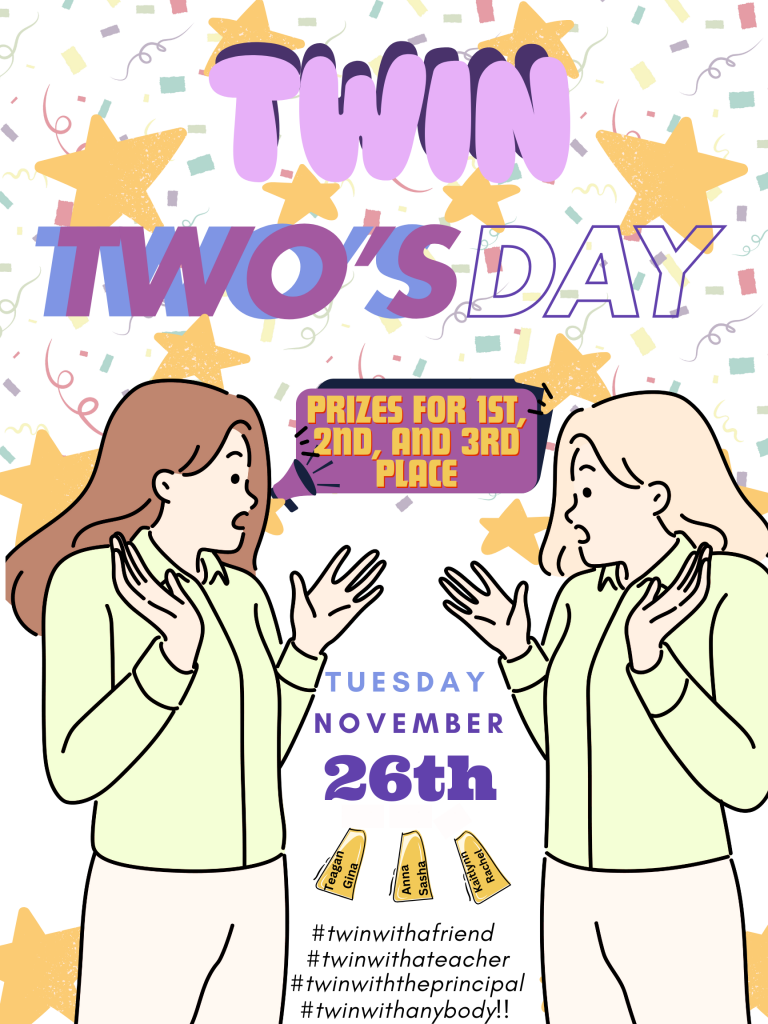
Div 3 Class Blog ©2026. All Rights Reserved.
Powered by WordPress.
Theme by Phoenix Web Solutions